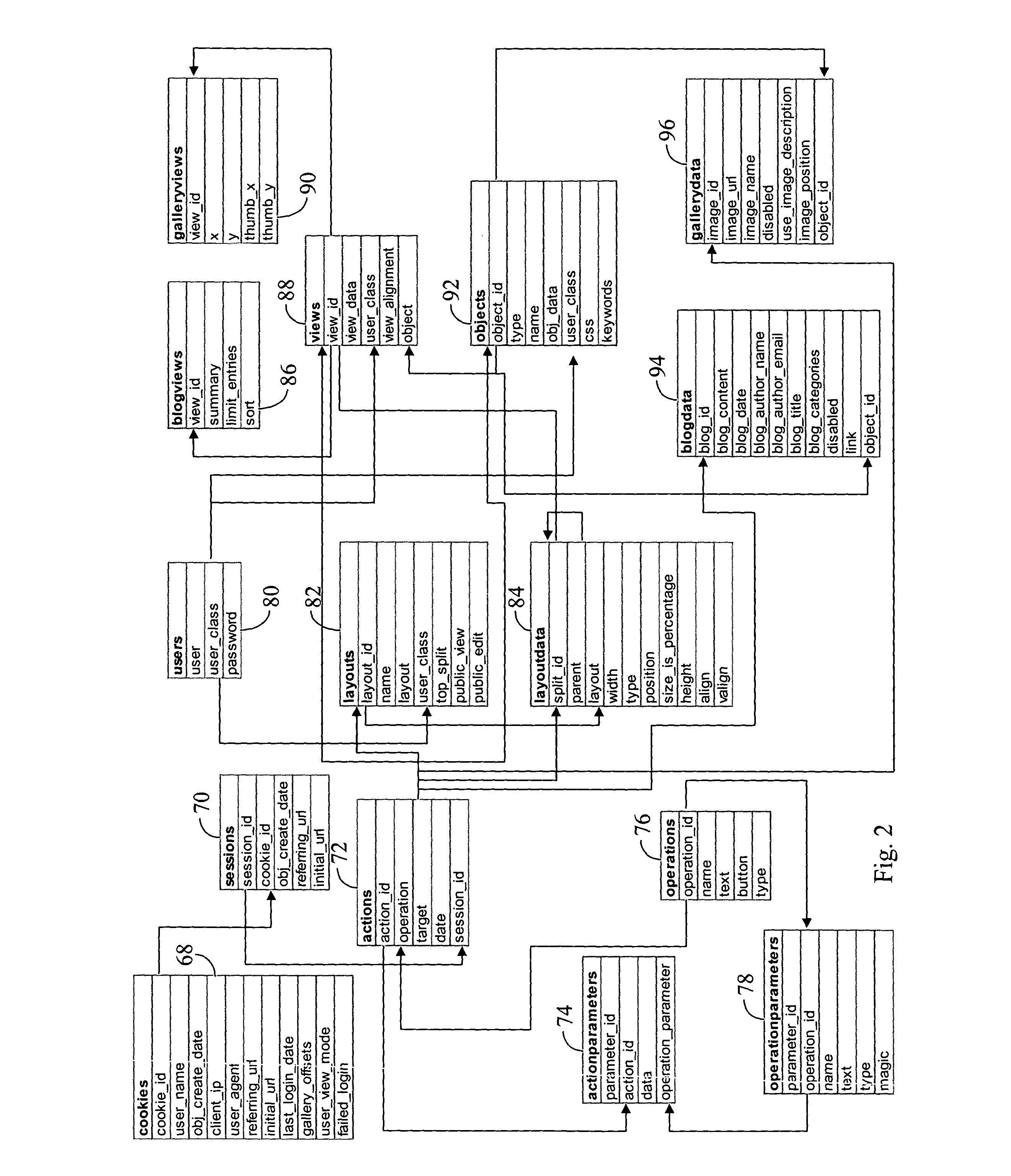Computer systems and methods for platform independent presentation design
a technology of computer systems and platforms, applied in the field of computer systems and methods for generating a presentation in a language and platform independent manner, can solve the problems of high specialized programming languages and software packages, time-consuming and expensive content providers' storage of the same content in multiple different languages, and achieve the effect of eliminating any dependency
- Summary
- Abstract
- Description
- Claims
- Application Information
AI Technical Summary
Benefits of technology
Problems solved by technology
Method used
Image
Examples
Embodiment Construction
[0025]Referring to FIG. 1 a specific embodiment of a system 10 in accordance with one aspect of the invention is illustrated. System 10 preferably comprises a server 20 that includes:[0026]a central processing unit 22;[0027]a main non-volatile storage unit 23, preferably including one or more hard disk drives, for storing software and data, the storage unit 23 typically controlled by disk controller 25;[0028]a system memory 24, preferably high speed random-access memory (RAM), for storing system control programs, data, and application programs, including programs and data loaded from non-volatile storage unit 23; system memory 24 can also include read-only memory (ROM);[0029]an optional user interface 26, including one or more input devices, such as a mouse, a keypad 8, and display 38 and / or mouse 36;[0030]network interface circuitry 28 for connecting to any wired or wireless communication network, the network interface circuitry 28;[0031]one or more internal buses 34 for interconne...
PUM
 Login to View More
Login to View More Abstract
Description
Claims
Application Information
 Login to View More
Login to View More - R&D
- Intellectual Property
- Life Sciences
- Materials
- Tech Scout
- Unparalleled Data Quality
- Higher Quality Content
- 60% Fewer Hallucinations
Browse by: Latest US Patents, China's latest patents, Technical Efficacy Thesaurus, Application Domain, Technology Topic, Popular Technical Reports.
© 2025 PatSnap. All rights reserved.Legal|Privacy policy|Modern Slavery Act Transparency Statement|Sitemap|About US| Contact US: help@patsnap.com



